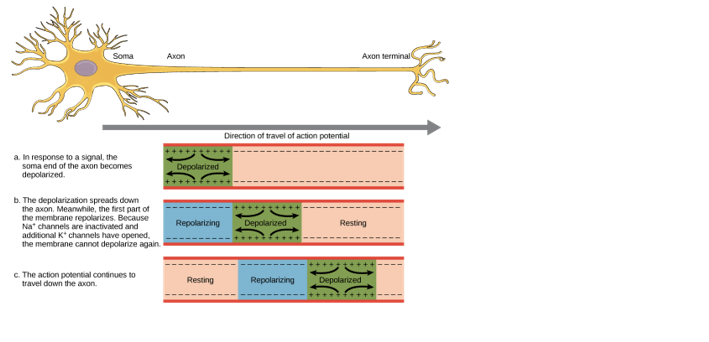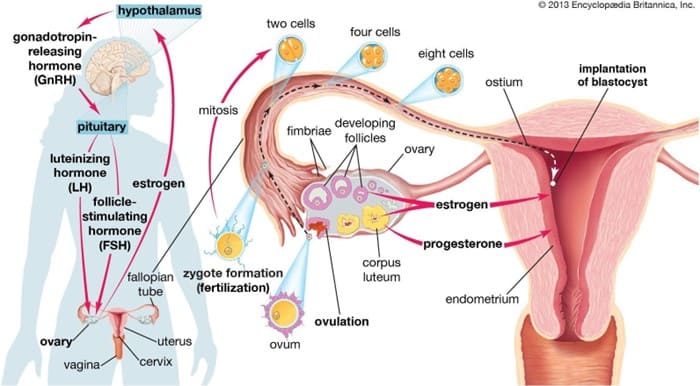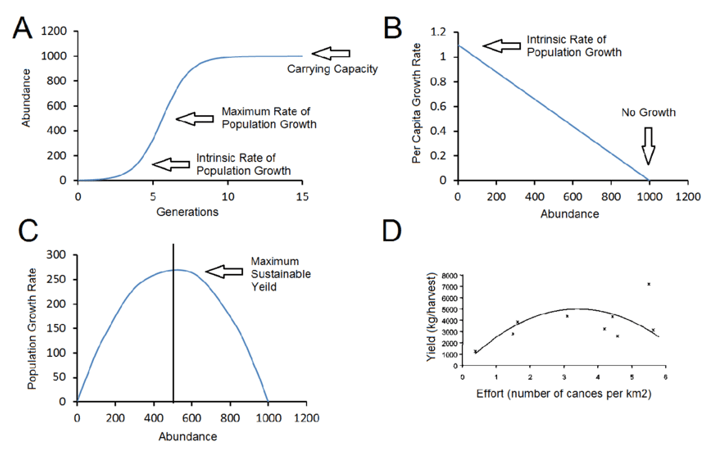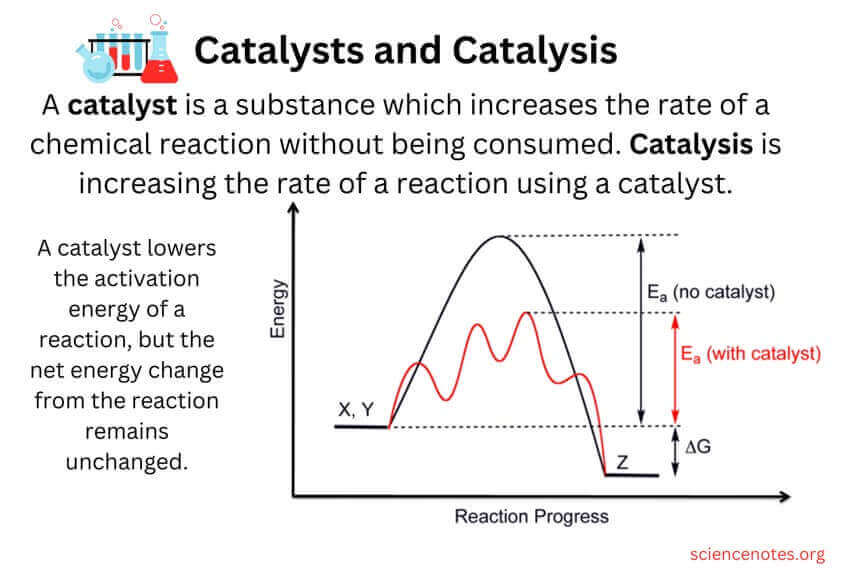Which of the following actions allows for repolarization of a neuron?
A. The inhibition of sodium and potassium pumps, stopping all ion movement into the neuron
B. The opening of sodium channels, allowing sodium to enter the neuron
C. The closing of both sodium and potassium channels to restrict movement of ions into and out of the neuron
D. The opening of potassium channels allowing potassium to leave the neuron
D. The opening of potassium channels allowing potassium to leave the neuron
The correct answer is d. The opening of potassium channels allowing potassium to leave the neuron. Repolarization of a neuron occurs after an action potential, when the neuron's membrane potential returns to its resting state. This is achieved by the opening of potassium channels, which allows potassium ions to flow out of the neuron. This movement of positively charged ions out of the neuron helps to restore the negative membrane potential.
A. The inhibition of sodium and potassium pumps would not allow for repolarization because these pumps are necessary for maintaining the resting membrane potential.
B. The opening of sodium channels would cause depolarization, not repolarization.
C. The closing of both sodium and potassium channels would restrict ion movement, but it would not allow for repolarization.

Therefore, the Correct Answer is D.





